- Home
-
My Models
-
AV History
- Airline History Blog
-
Airline Development
>
-
Liveries
>
- Aeroméxico Liveries
- Air China Special Liveries
- American Airlines Liveries
- British Airways Liveries
- Continental Airlines Liveries
- Delta Air Lines Liveries
- Eastern Air Lines Liveries
- Landor Liveries
- National Airlines Liveries
- Northeast Airlines Liveries
- Northwest Airlines Liveries
- Pan Am Liveries
- Trans World Airlines Liveries
- United Airlines Liveries
- Western Airlines Liveries
- Airbus A380s >
- Boeing 747 >
- Real Airport Histories >
- Plane Spotting >
- Aviation Stickers >
-
1:400 SCALE
- Collecting 1:400 Scale >
- The History of 1:400 Scale >
-
1:400 Brands
>
- Aeroclassics >
- Airshop Diecast
- AURORA Models
- Aviation400 (2007-2012)
- Big Bird 400 Your Craftsman
- Black Box Models
- Blue Box & Magic Models
- C Models
- Dragon Wings
- El Aviador 400
- Gemini Jets >
- JAL Collection / Jet Hut >
- Jet-X >
- MP4 Models
- NG Models >
- Panda Models >
- Phoenix Models >
- Seattle Models Co (SMA)
- Skyjets400
- Sovereign Models
- TucanoLine
- Witty Wings / Apollo
- Yu ModeLs
- 1:400 Custom Models >
- Production Numbers
- Zinc Rot
-
1:400 Moulds
- The Best Moulds >
- Airbus >
-
Boeing
>
- Boeing B-377 Stratocruiser
- Short Boeing 707s & 720s
- Boeing 707-320/420
- Boeing 717
- Boeing 727-100
- Boeing 727-200
- Boeing 737-100/200
- Boeing 737-300 >
- Boeing 737-400
- Boeing 737-500
- Boeing 737-600
- Boeing 737-700/800/900 >
- Boeing 737 MAX
- Boeing 747-100/200 >
- Boeing 747-400 >
- Boeing 747SP
- Boeing 747-8 Interactive
- Boeing 747LCF Dreamlifter
- Boeing 757-200 >
- Boeing 757-300
- Boeing 767-200
- Boeing 767-300
- Boeing 777-200
- Boeing 777-300
- Boeing 787
- British >
- Douglas >
- Lockheed >
- Other >
- Chinese >
- Soviet >
- Smallest Moulds in 1:400
-
1:400 Reviews
-
Model News
- Model Blog
-
New Mould Samples
>
- Aviation400 >
- JC Wings >
-
NG Models 400 Scale
>
- Airbus A318
- Airbus A319/320 CEO
- Airbus A319/320 NEO
- Airbus A321CEO & NEO
- Airbus A330-200/300
- Airbus A330 Beluga XL
- Airbus A330-800/900
- Airbus A340-200/300
- Airbus A350-900
- Airbus A350-1000
- Boeing 737-600/700/900
- Boeing 737-600 Refresh
- Boeing 737-800
- Boeing 737 MAX-8/MAX-9
- Boeing 737 MAX-7/MAX-10
- Boeing 747-100
- Boeing 747-200
- Boeing 747-400
- Boeing B747SP
- Boeing 747-8I
- Boeing 747-8F
- NG 747s Together
- Boeing 757-300
- Boeing 767-200/300 >
- Boeing 767-400 >
- Boeing 777-200
- Boeing 777-300/300ER
- Boeing 787-8
- Lockheed L-1011 Tristar
- Lockeed Tristar 500
- McDonnell Douglas MD-80
- McDonnell Douglas MD-87
- Tupolev Tu-154
- Tupolev Tu-204/Tu-214/Tu-234
- NG Models 200 Scale >
- Phoenix Models >
- Yu ModeL >
-
1:600 SCALE
- DIORAMAS
|
Deregulation of the US aviation market wasn't kind to the local service airlines. They faced being gobbled up by rampant former trunk airlines or kamikaze low fare competition from a host of new startups. Frontier Airlines was in a more difficult position than most and attempted to buttress itself with a low-cost offshoot of its own. Sadly, this only served to strain relations with its own employees and fell short of the hopes that it could stabilise the failing airline.
1 Comment
Pan Am was an airline used to grand gestures and though by the mid-70s it was in serious trouble, due to the massive overspend on 747s, the economic woes of the early 70s and increasing international competition, it still had plenty of hubris left in the tank. A pair of important anniversaries led to two special flights being operated each flying a new 747SP around the world but each in different directions. Each flight would break the world record and interestingly each flight would use the same aircraft - N533PA.
The Vickers Viscount sold well, but although it got sales all around the world the USA was relatively lukewarm to turboprops in general, especially British ones. Even so, the Viscount still appeared in the States and in some unusual locations long after it was out of production. In the USA's newest state the Viscount was put into service by both competing Hawaiian carriers, well after production had ended, to help bridge the gap to pure jets and help both cope with the growth in passengers statehood at brought.
The philosophical and literal union (they married) between Mary Wells of the marketing firm Wells Rich Greene and Harding Lawrence, leader of Braniff International, powered the airline's transformation through the 1960s and 70s. The artistic apogee of this union was the special Calder schemes one of which celebrated the 1976 US Bicentennial. A late addition to the scheme gained it its nickname and the aircraft that wore it had some personality too.
Harding Lawrence had taken over the leadership of Braniff in 1965 and changed not only the airline but also the industry as a whole with his marketing heavy image makeover. It had worked and Braniff had increased its profitability whilst making moves, like the takeover of Panagra, which strengthened its position. Fleet rationalisation was a key pillar of this strategy also. Lawrence wanted rid of the Electras and One-Elevens and to that end was building up his fleet of 727s. Come 1971 and it was also time for another makeover.
By the end of the 1960s the dynamic leadership of Harding Lawrence had turned Braniff from a little known Texan trunk airline into a dynamic market leader famous for its 'End of the Plain Plane' marketing campaign pioneered by Lawrence's future wife Mary Wells. Revenue Passenger Miles had more than doubled in 5 years and the takeover of Panagra had further bolstered Braniff's position as a major force in Latin America. But, the airline wasn't standing still and just as Braniff discovered its perfect aircraft it was time for another change.
Mohawk Airlines has always been one of my favourite airlines. It achieved a lot with little and its Indian head motif, although nowadays politically incorrect, was evocative and stylish. The airline's history can't be untwined from the brilliant, but ultimately tragic, leadership of Robert "Bob" English Peach - clearly one of the most impressive figures in aviation in the 1950s and 60s. It was towards the end of Mohawk's existence that the airline rebranded, introducing a radically more modern image.
One Air America is well known as the CIA's own private airline and was of course immortalised in a rather inaccurate Mel Gibson movie of the early 90s, but less well known is that around that time the end had come for another Air America. This one wasn't running guns for the CIA but did undertake quite a few MATS charters for the US military. This second Air America was one of many ultimately unsuccessful deregulation startups of the 1980s.
​The first five years of Republic Airlines existence had not been kind. This was largely due to the disastrous Hughes Airwest takeover, but Republic had also been assaulted in its East-coast markets by deregulation startups and failed to innovate. That cost the existing CEO his job and would see the employment of Stephen Wolf who would take drastic measures to keep the airline afloat.
There have been few more torrid times in aviation in the USA than the 1980s. Deregulation had brought competition and this would inevitably lead to winners and losers. It was a time of eat or be eaten, and as merger mania reigned gaining critical mass and market share became important weapons. This strategy was evident at the new Republic Airlines, which for a time served more destinations in the USA than any other airline but almost killed itself with the consequences of that.
Despite introducing 727s and swallowing several smaller Alaskan operators, the early 1970s was another difficult time for Alaska Airlines, which had been leading a hand to mouth existence for many years. Led by the wheeler dealing, but also irascible and dictatorial, Charles "Chuck" Willis Alaska had a mountain of debt, poor reputation and very little cash. Change was needed if the airline was to survive.
Alaska Airlines had improved its situation in the 1970s but found itself once again in a precarious financial position just as deregulation came into view. Considering its small size, financial weakness, lack of penetration into the lower 48 and turbulent history it is surprising that it was able to turn itself into one of the few winners of the post-deregulation era. The first step was cracking the Californian market.
The growth of air travel in the USA was such that by the mid-60s there was an increasing role for third-level operators to pick-up short hops from the local service airlines, who only a few years earlier had themselves been picking them up from the trunk airlines. Now they had replaced their DC-3s with gleaming BAC One-Elevens and Douglas DC-9s and a new breed of small operator was stepping in. One of the most successful of these new contenders was Air Wisconsin, which within 18 years was itself a jet operator.
|
AuthorI'm Richard Stretton: a fan of classic airliners and airlines who enjoys exploring their history through my collection of die-cast airliners. If you enjoy the site please donate whatever you can to help keep it running: Archives
July 2024
Categories
All
|
- Home
-
My Models
-
AV History
- Airline History Blog
-
Airline Development
>
-
Liveries
>
- Aeroméxico Liveries
- Air China Special Liveries
- American Airlines Liveries
- British Airways Liveries
- Continental Airlines Liveries
- Delta Air Lines Liveries
- Eastern Air Lines Liveries
- Landor Liveries
- National Airlines Liveries
- Northeast Airlines Liveries
- Northwest Airlines Liveries
- Pan Am Liveries
- Trans World Airlines Liveries
- United Airlines Liveries
- Western Airlines Liveries
- Airbus A380s >
- Boeing 747 >
- Real Airport Histories >
- Plane Spotting >
- Aviation Stickers >
-
1:400 SCALE
- Collecting 1:400 Scale >
- The History of 1:400 Scale >
-
1:400 Brands
>
- Aeroclassics >
- Airshop Diecast
- AURORA Models
- Aviation400 (2007-2012)
- Big Bird 400 Your Craftsman
- Black Box Models
- Blue Box & Magic Models
- C Models
- Dragon Wings
- El Aviador 400
- Gemini Jets >
- JAL Collection / Jet Hut >
- Jet-X >
- MP4 Models
- NG Models >
- Panda Models >
- Phoenix Models >
- Seattle Models Co (SMA)
- Skyjets400
- Sovereign Models
- TucanoLine
- Witty Wings / Apollo
- Yu ModeLs
- 1:400 Custom Models >
- Production Numbers
- Zinc Rot
-
1:400 Moulds
- The Best Moulds >
- Airbus >
-
Boeing
>
- Boeing B-377 Stratocruiser
- Short Boeing 707s & 720s
- Boeing 707-320/420
- Boeing 717
- Boeing 727-100
- Boeing 727-200
- Boeing 737-100/200
- Boeing 737-300 >
- Boeing 737-400
- Boeing 737-500
- Boeing 737-600
- Boeing 737-700/800/900 >
- Boeing 737 MAX
- Boeing 747-100/200 >
- Boeing 747-400 >
- Boeing 747SP
- Boeing 747-8 Interactive
- Boeing 747LCF Dreamlifter
- Boeing 757-200 >
- Boeing 757-300
- Boeing 767-200
- Boeing 767-300
- Boeing 777-200
- Boeing 777-300
- Boeing 787
- British >
- Douglas >
- Lockheed >
- Other >
- Chinese >
- Soviet >
- Smallest Moulds in 1:400
-
1:400 Reviews
-
Model News
- Model Blog
-
New Mould Samples
>
- Aviation400 >
- JC Wings >
-
NG Models 400 Scale
>
- Airbus A318
- Airbus A319/320 CEO
- Airbus A319/320 NEO
- Airbus A321CEO & NEO
- Airbus A330-200/300
- Airbus A330 Beluga XL
- Airbus A330-800/900
- Airbus A340-200/300
- Airbus A350-900
- Airbus A350-1000
- Boeing 737-600/700/900
- Boeing 737-600 Refresh
- Boeing 737-800
- Boeing 737 MAX-8/MAX-9
- Boeing 737 MAX-7/MAX-10
- Boeing 747-100
- Boeing 747-200
- Boeing 747-400
- Boeing B747SP
- Boeing 747-8I
- Boeing 747-8F
- NG 747s Together
- Boeing 757-300
- Boeing 767-200/300 >
- Boeing 767-400 >
- Boeing 777-200
- Boeing 777-300/300ER
- Boeing 787-8
- Lockheed L-1011 Tristar
- Lockeed Tristar 500
- McDonnell Douglas MD-80
- McDonnell Douglas MD-87
- Tupolev Tu-154
- Tupolev Tu-204/Tu-214/Tu-234
- NG Models 200 Scale >
- Phoenix Models >
- Yu ModeL >
-
1:600 SCALE
- DIORAMAS


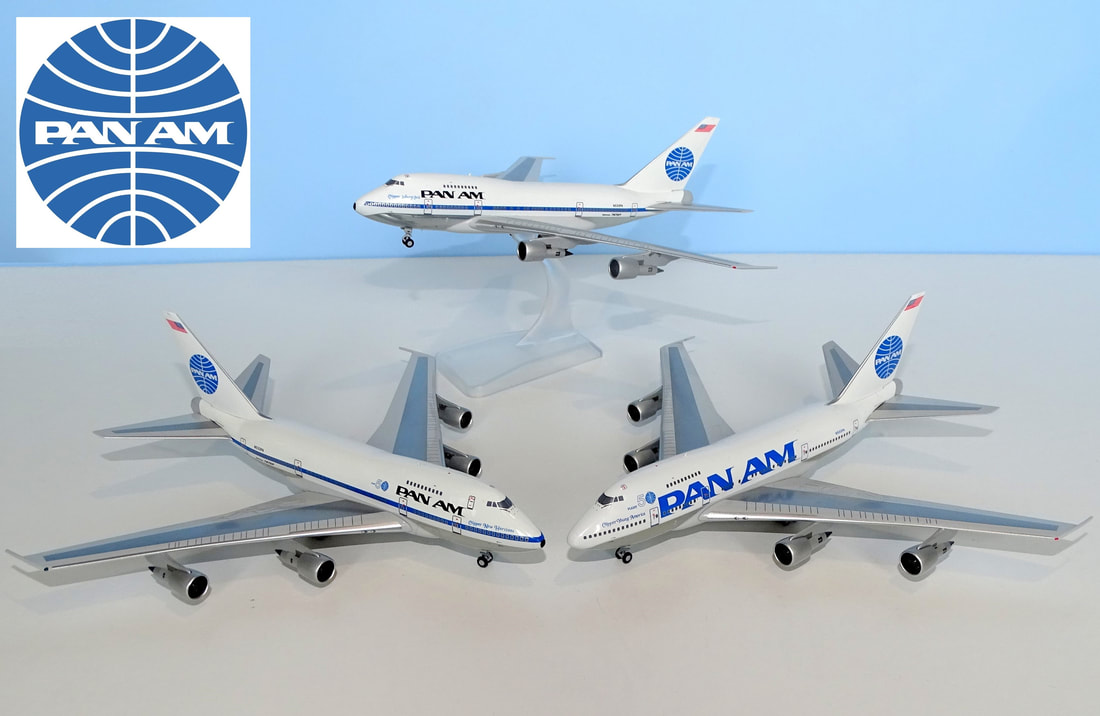
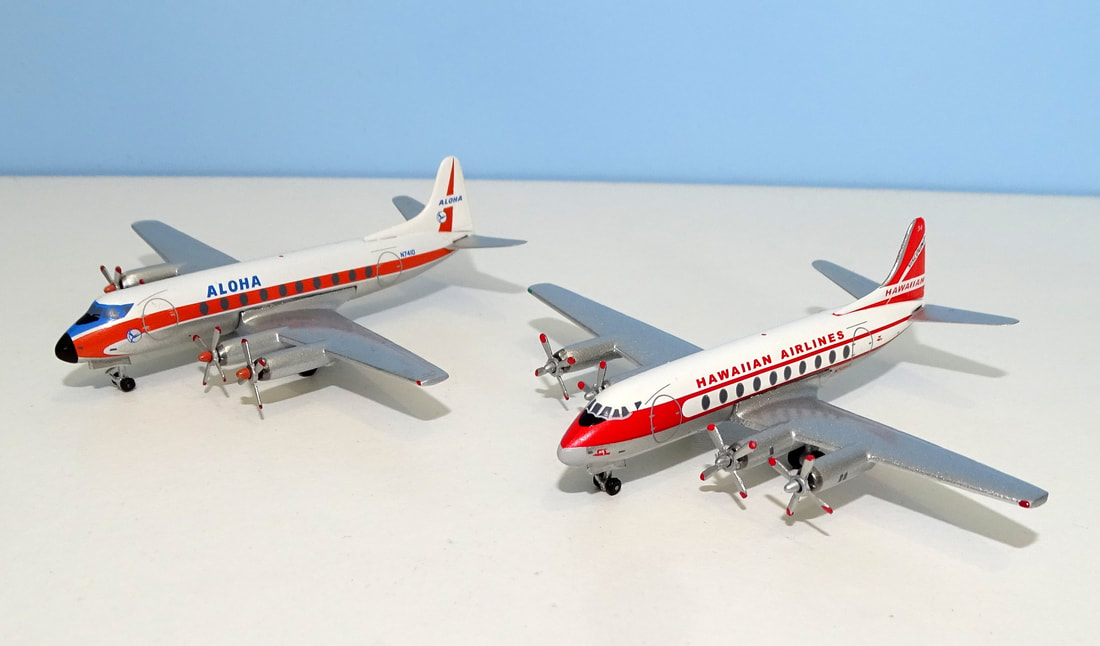
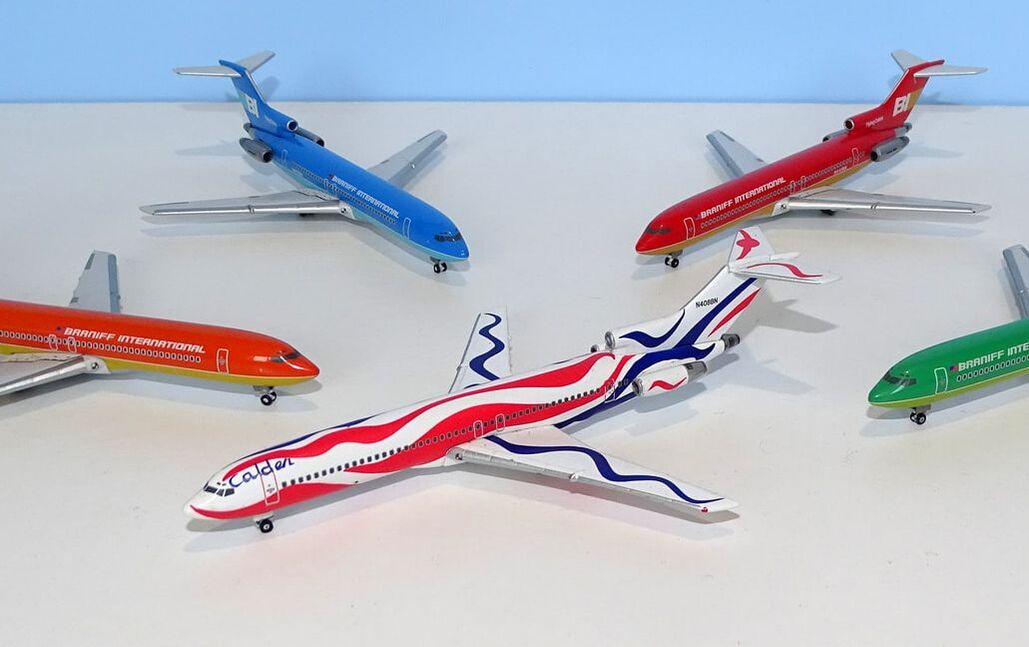
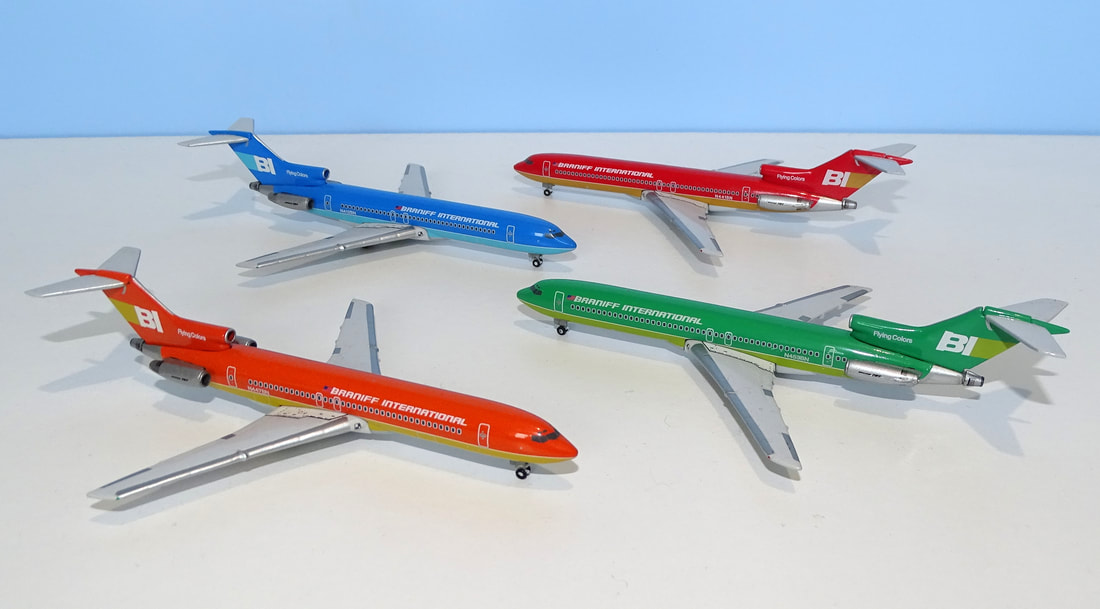
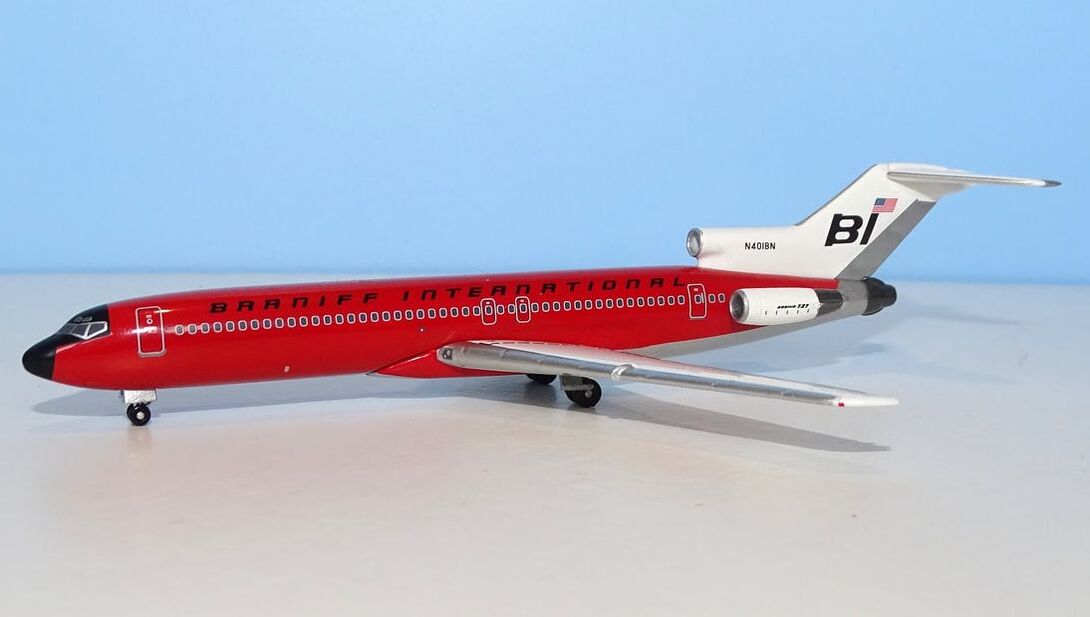
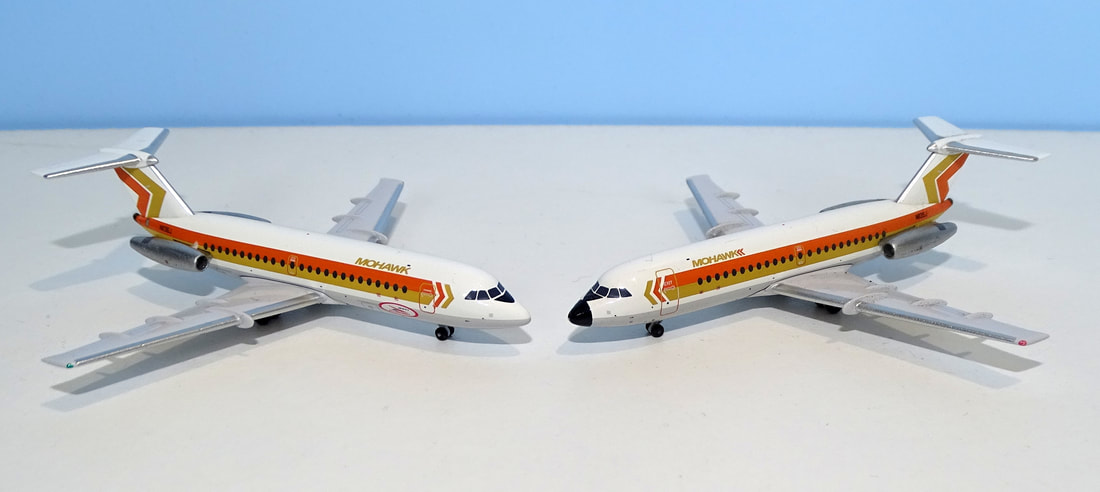
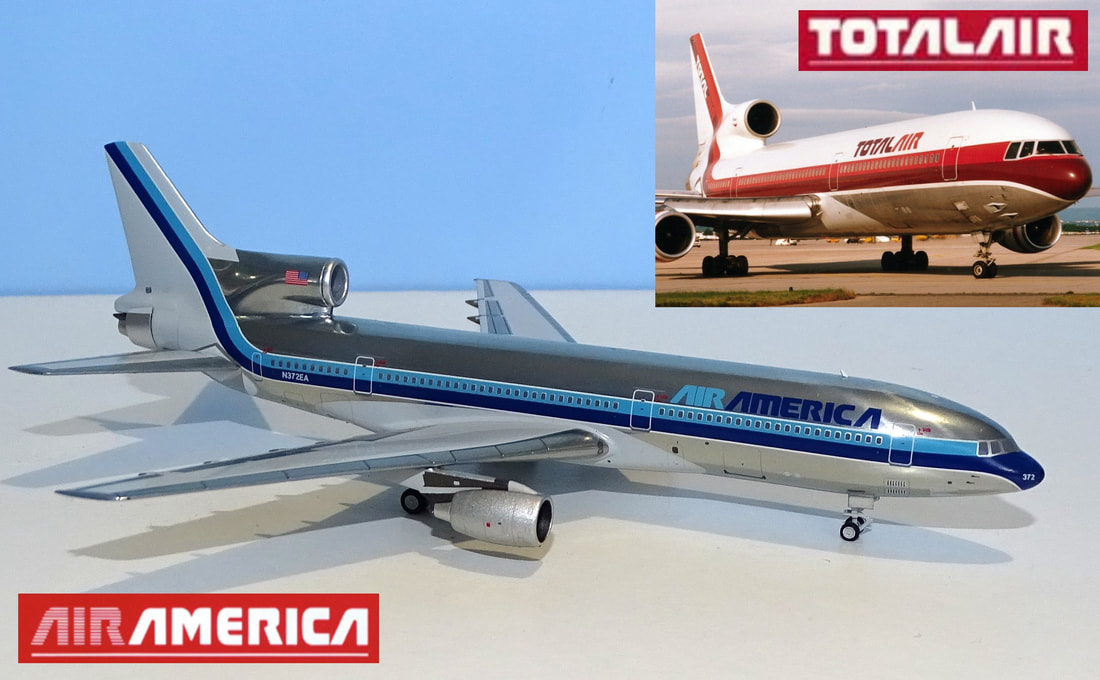
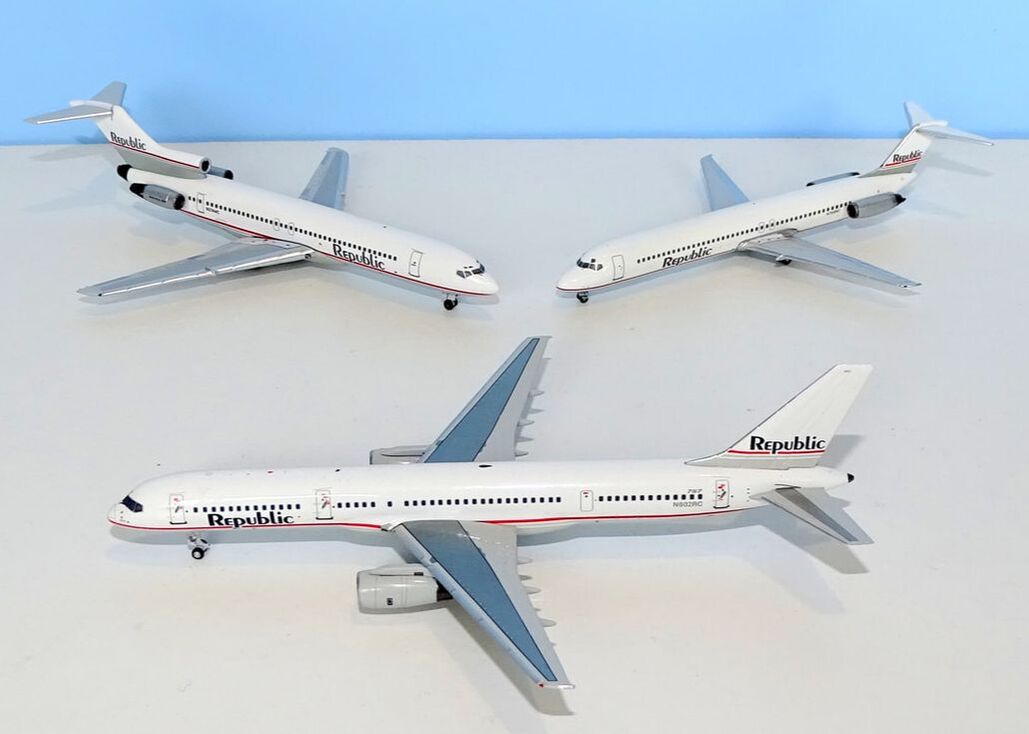
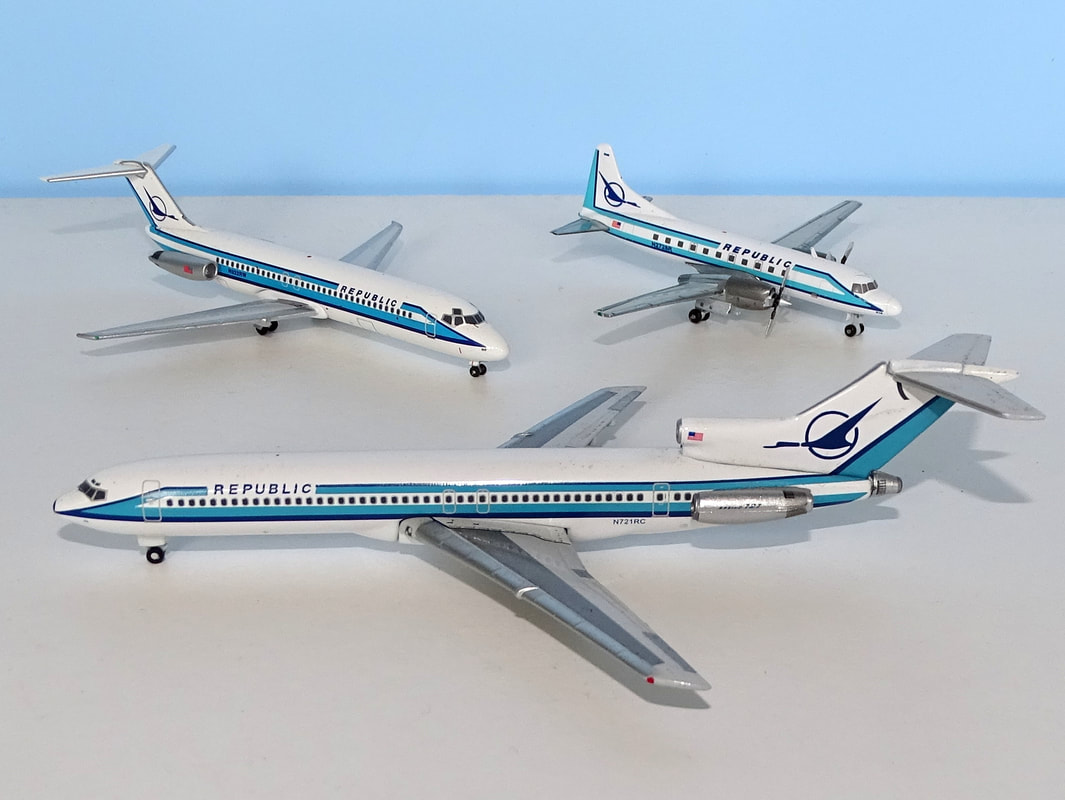
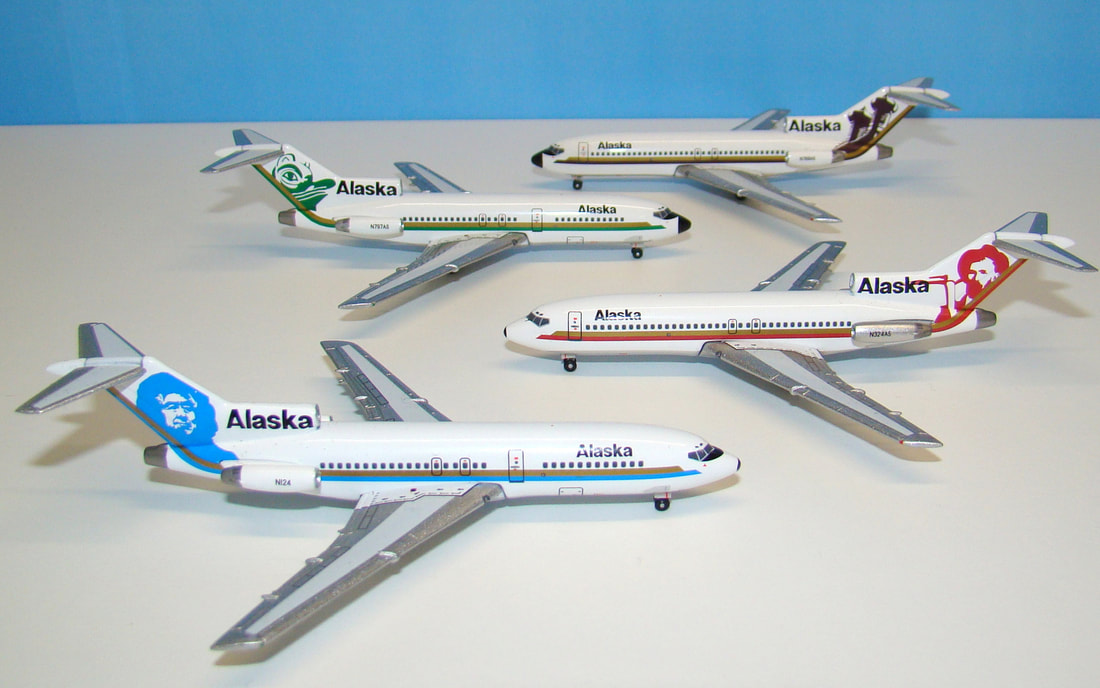
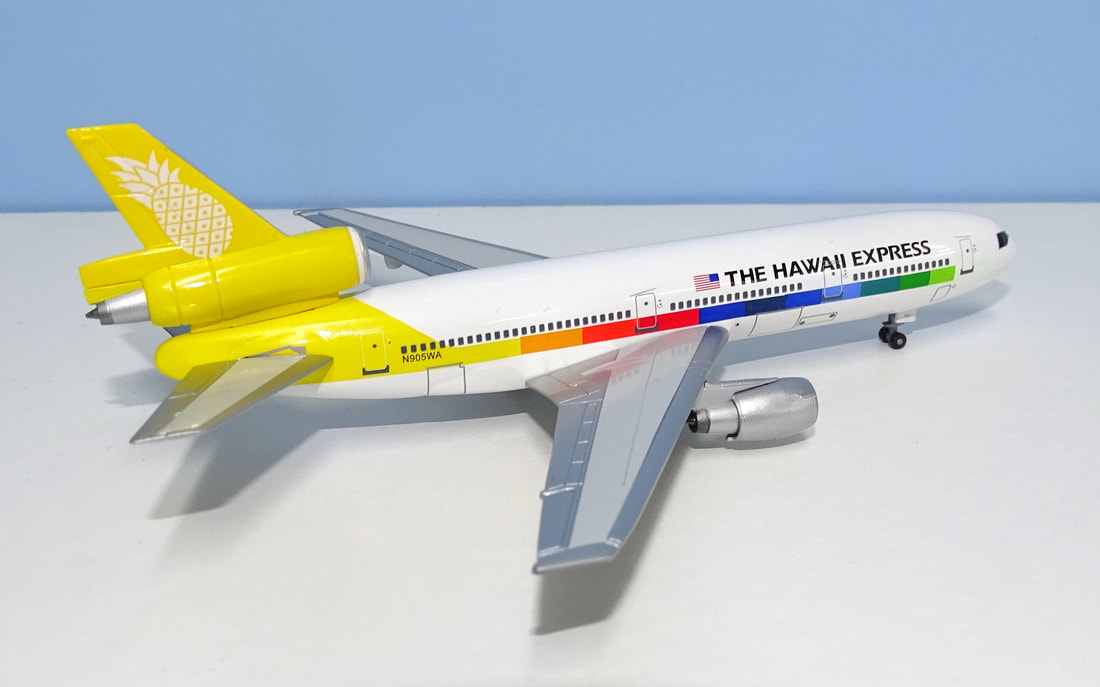
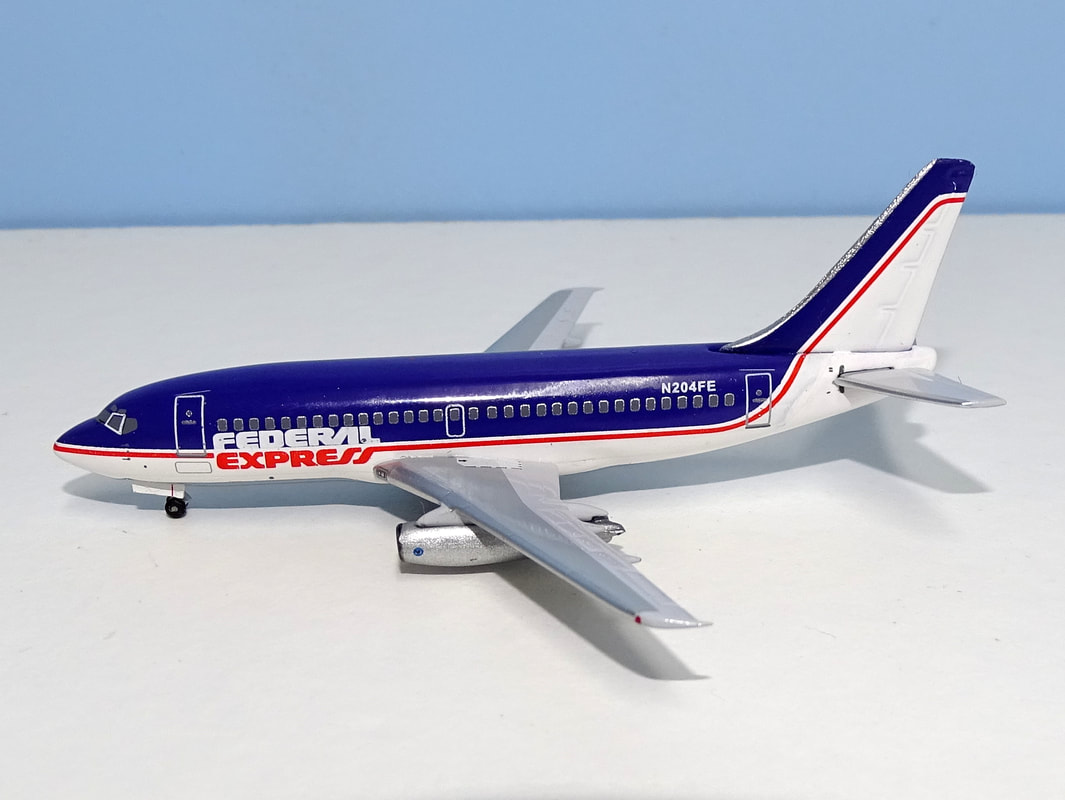
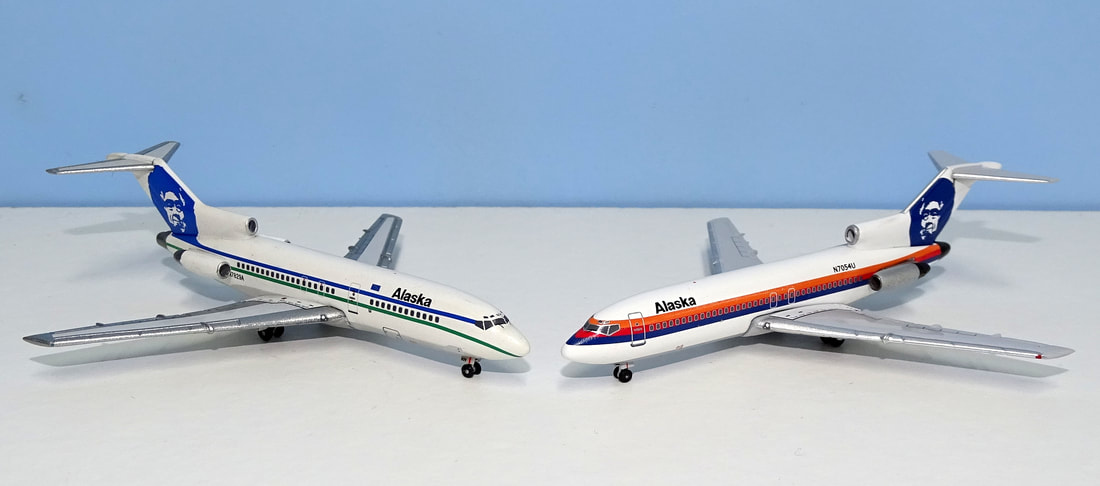
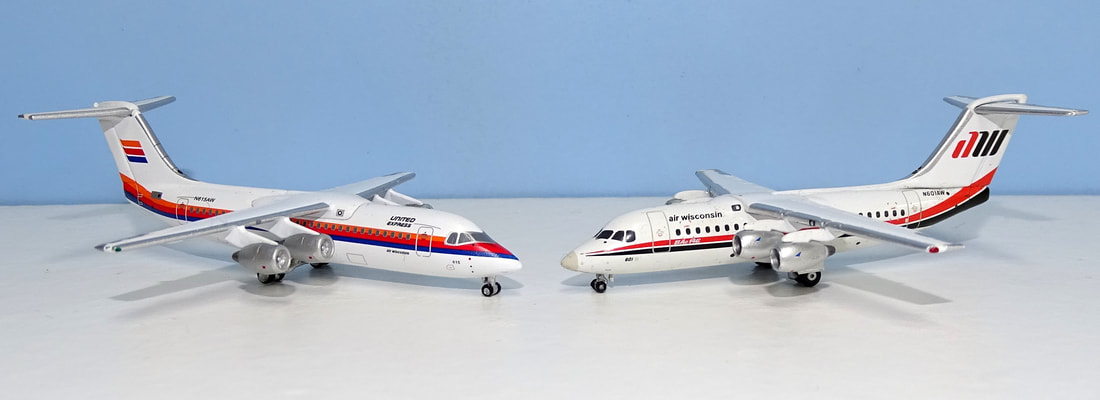
 RSS Feed
RSS Feed